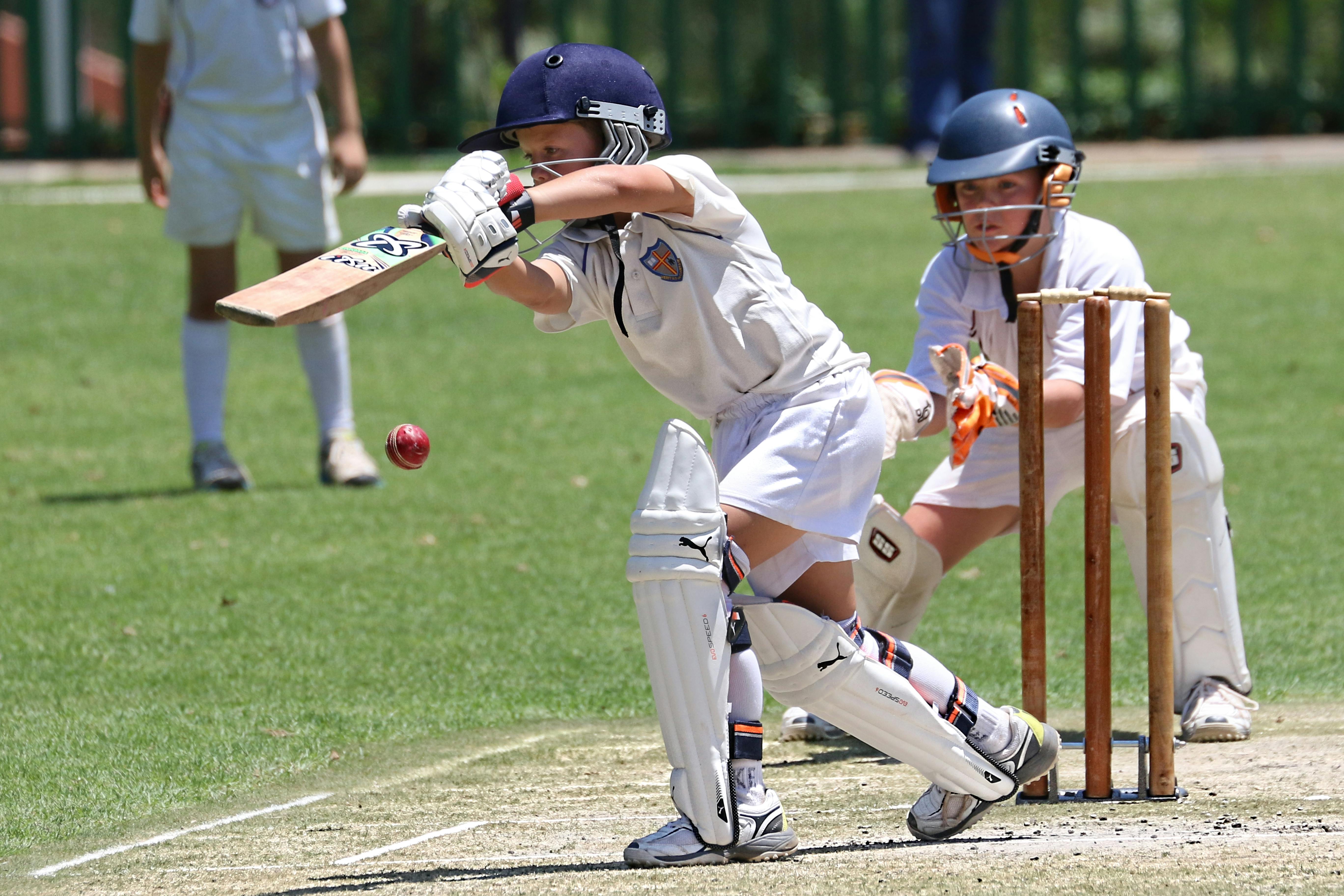Cricket: How the Game Works, Players, Stadiums, and Matches
Cricket is a bat-and-ball sport played between two teams on an oval field, with a rectangular 22-yard pitch at its center. Originating in England centuries ago, it has developed formats ranging from multi-day Tests to single-day and Twenty20 matches. This article explains the game’s basic rules, how a match proceeds, the roles of players, the characteristics of a stadium, and why cricket remains a major international sport with strong regional followings.

What is cricket?
Cricket is a structured sport with clear roles for batting, bowling, and fielding. Two teams of eleven players take turns batting and bowling, with the batting side aiming to score runs and the bowling side attempting to dismiss batters. Matches are governed by a set of laws that cover pitch dimensions, equipment standards, and scoring. Different formats—Test, One Day International (ODI), and Twenty20 (T20)—change the number of overs, pacing, and strategic emphasis, but the core objectives remain consistent across levels of play.
How is cricket a sport?
As a sport, cricket combines physical skill, tactical thinking, and teamwork. Players must master running, catching, throwing, and precise striking, while captains and coaches plan field placements and bowling sequences. Athleticism matters alongside mental resilience, particularly in longer formats where concentration over extended periods is essential. Cricket’s competitive structure ranges from amateur local services and club leagues to national and international competitions, creating pathways for players and organized calendars for spectators and broadcasters.
How does a cricket match work?
A match begins with a coin toss that decides which team bats first. The batting team sends two players to the pitch and scores runs by running between wickets or hitting boundaries. The bowling team delivers overs—sets of six legal balls—seeking dismissals like bowled, caught, LBW, run out, or stumped. In limited-overs formats the team with the higher run total after their allocated overs wins; in Tests, the outcome can also be a draw when time expires. Time management, weather, pitch condition, and momentum shifts all influence match strategy and result.
What are key player roles?
Players typically specialize as batters, bowlers, all-rounders, or wicket-keepers. Batters focus on scoring efficiently while preserving wickets; openers face the new ball and set foundations, middle-order batters consolidate or accelerate, and finishers close innings. Bowlers may be fast, medium pace, or spin specialists—each bowling style targets different weaknesses. The wicket-keeper is crucial for catching and stumping, positioned behind the stumps. All-rounders who contribute significantly with both bat and ball provide balance, and substitutes may assist in fielding but have restricted roles under the laws of cricket.
What is a cricket stadium like?
A cricket stadium typically features an oval playing surface with a central rectangular pitch prepared to specific standards. Stadium capacity varies from modest local grounds to large international venues that host thousands of spectators. Ground staff prepare pitches to produce different playing conditions—some pitches favor pace and bounce, others assist spin—affecting match dynamics. Facilities include sight screens, pavilion, player dressing rooms, practice nets, and broadcast infrastructure. Many stadiums host multiple matches across seasons and provide amenities for spectators, media, and officials to support both day and night fixtures.
Cricket combines individual skill with team strategy across varied formats and settings. Players must adapt to pitch conditions and match situations, while captains use field placements and bowling changes to shift momentum. Stadium environments influence how a match unfolds, whether in a packed international arena or at a quieter local ground. Over time, rule adjustments and technological additions—such as replay review systems—have altered tactics and accuracy in umpiring, but the core contest between bat and ball continues to define the sport.
Cricket remains a complex sport with layers of strategy and a wide range of formats suited to different audiences. Understanding how matches are structured, what players do, and how stadium conditions affect play gives a clearer picture of why the game attracts passionate followings across diverse regions. Whether following a multi-day Test or a high-tempo T20 match, the interplay of skill, conditions, and decisions creates a distinctive sporting experience.




